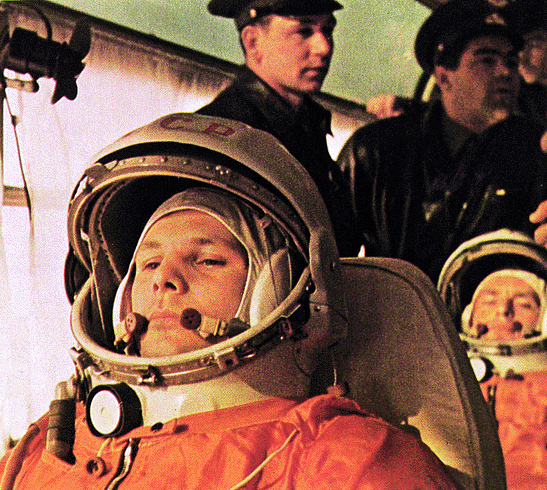The word ‘acid’ is derived from a Latin word, which means “sour”. The sour taste of most of the fruits and vegetables is due to various types of acids present in them. The digestive fluids of most of the animals and humans also contain acids.
An acid is a compound and it dissolves in water.
Every liquid you see will probably have either acidic or basic traits. One exception might be distilled water. Distilled water is just water – it is therefore neutral.
We read a newspaper story about someone being terribly burned by an acid. In fact, most of us think of acids as dangerous liquids which can burn the skin and eat holes in clothing. This is only true of a very small number of acids. There are many acids in foods, and they are necessary for good health. Other acids are used to make drugs, paints, cosmetics, and industrial products. There are many kinds of acids but they all may be divided into two classes, inorganic acids and organic acids.
Examples of acids:
- Hydrochloric acid is an other very strong acid. It can be made from sulphuric acid and common table salt. It is used to make other chemicals and is very good for cleaning metals. The human body makes a small amount of weak hydrochloric acid, which helps in digestion.
- Nitric acid is another powerful acid which can harm the skin and eyes.
- Boric acid, on the other hand, is a very weak acid. It occurs naturally in Italy. It is used to make ceramics, cements, pigments, and cosmetics. It is sometimes used as a germ-killer, but is not very good for this purpose.
- Carbonic acid comes from carbon dioxide gas, and there is some of it in the soda pop we drink.
- Arsenic acid is used to make insect-killing products. Organic acids are not as strong as inorganic acids.
- Acetic acid is found in vinegar, and can be made by fermenting apple cider.
- When sugar ferments in milk, lactic acid is formed. It turns the milk sour, but it is also used in making cheese. Amino acids are needed to keep the body in good health, and they come from protein foods.
- Oranges, lemons, and grapefruit contain ascorbic acid, which is the chemical name for Vitamin C.
- Liver, poultry, and beef contain nicotinic acid, which helps prevent skin diseases.
So you see that the story of acids is a long and complicated one. Some are dangerous to human beings, but useful in industry. Some are necessary for human life and are supplied by various foods. Some are made by the body itself to keep it functioning.







